 |
||||||||||||||||||||||||
 |
 |
|||||||||||||||||||||||
 |
||||||||||||||||||||||||
 |
 |
 |
 |
|||||||||||||||||||||
| 2015 CIRCLES | 2014 CIRCLES | 2013 CIRCLES | 2012 CIRCLES | |||||||||||||||||||||
|
||||||||||||||||||||||||
 |
 |
|||||||||||||||||||||||

|
Ground Report – Etchilhampton Hill, Wiltshire, 19/08/13This crop circle sits in a beautiful position near the top of Etchilhampton Hill, with panoramic views across the Vale of Pewsey. It is very lightly laid in places, the wheat appearing to have been barely flattened. Consistent throughout is a real fluidity to the laid crop, genuinely swirling around the whole formation. It measures 200ft in diameter. 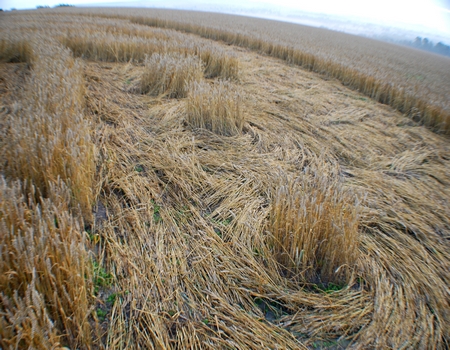 The central circle measures 55ft in diameter. Much of the wheat here is laid semi-radially, towards the perimeter but with a clockwise flow. Slightly off-centre is a woven tuft of stems and near one edge is a standing centre contained within a narrow ring of standing crop. 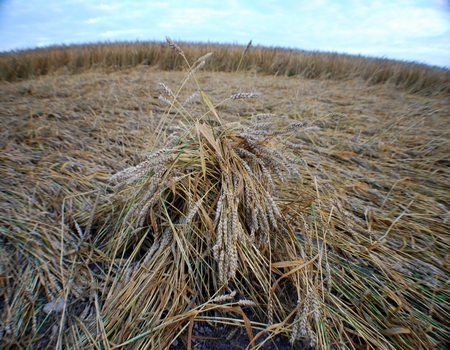 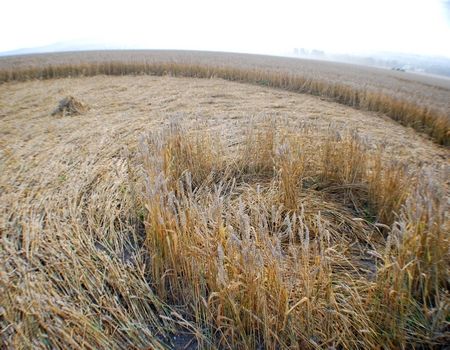 Around the outer edge of part of this central circle, approximately 20ft from the standing ring, a 3ft wide band of laid crop lies under the rest of the stems (see point one on flow diagram below) . This is then overlapped by the wheat flowing around the standing ring, then continuing around the outside of the standing ring before joining the rest of the clockwise flow in the main circle. 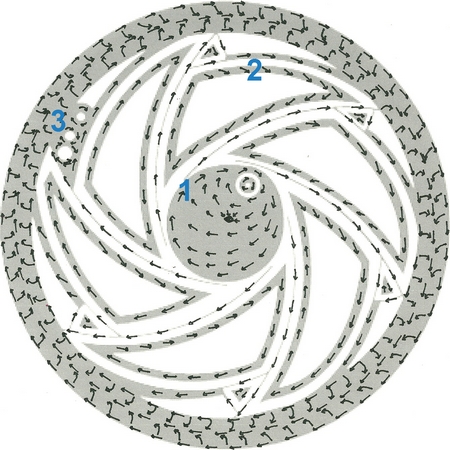 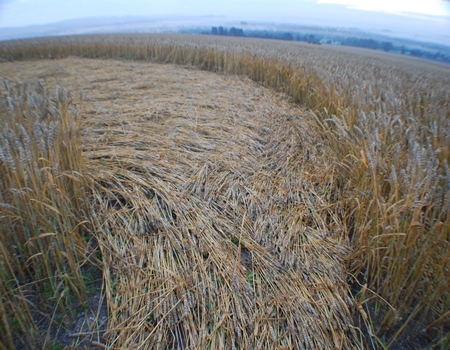 Moving out from the centre circle are pathways of various width, creating the triangular shapes of the main part of the design. The narrowest of these paths start just outside the main circle but are not well defined, the standing crop in between having been trampled in most cases. 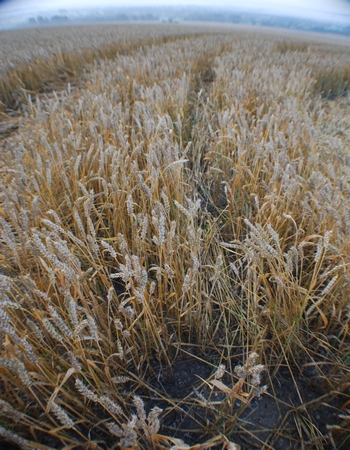 These narrow pathways continue towards the perimeter of the design and overlap the outer ring of the formation. The six curved triangles which form the main part of this design are laid clockwise and show some good examples of crop flowing around tight corners. The flow around corners varies in each section, as does the general flow of stems. In some areas the wheat appears to flow ‘across’ the pathway (from outer edge to inner) laying up the sides, having not been flattened to the ground (see flow diagram point 2). 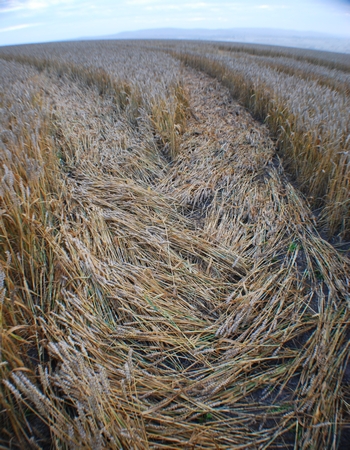 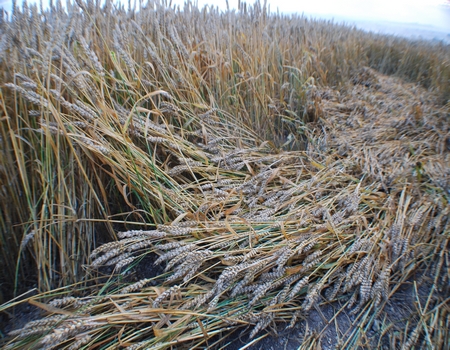 Three standing circles of wheat provide a key feature towards the outer ring of the formation. These vary in size and are formed by beautifully swirled crop flowing in and around them. The crop continues to flow clockwise here but as the circles are so close together stems flowing in different directions meet and overlap.  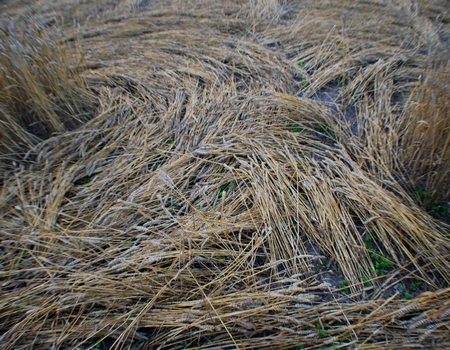 The edge of the largest of the three circles is defined by a narrow band of stems, just a few inches wide, which flows anti-clockwise for a short time (see image below). 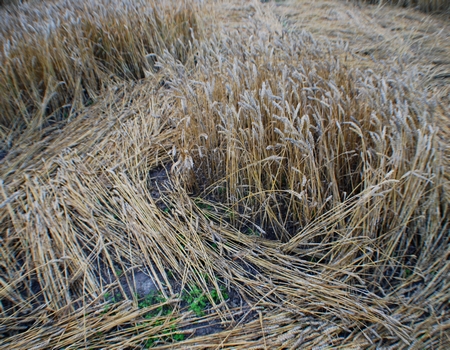 The outer ring of this crop circle is its most impressive feature by far. Defined by a six inch wide ring of stems laid clockwise on both the inner and outer edge, the flow within the ring is absolutely exquisite. This is the BEST example of a ‘basket weave’ I have ever seen, mainly because of the quality in how each band of stems flows into the next. There are endless examples of multi-layering and overlapping throughout. The layering is varied, with the outer swathes sometimes lying over the middle band, sometimes under it and sometimes both! Common everywhere is how each swathe of crop is laid towards the middle of the ring, but has then been ‘caught up’ in the overall clockwise flow, turning and curving to join the central band. 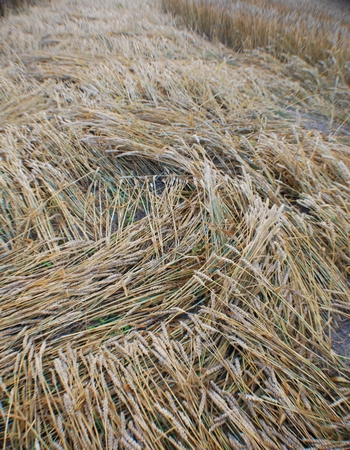 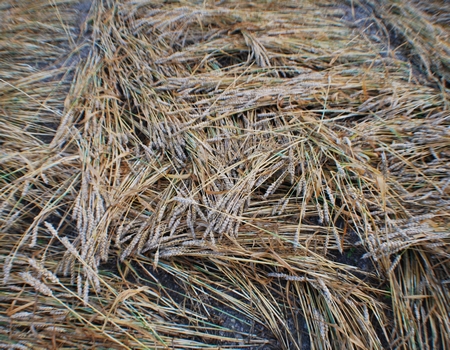 This is just beautiful and no image can adequately capture how it looks and feels on the ground. The farmer here at Etchilhampton is kindly allowing access to the formation and it is well worth a visit to experience for yourselves.
Crop Circle Summary
Alternative Websites |

